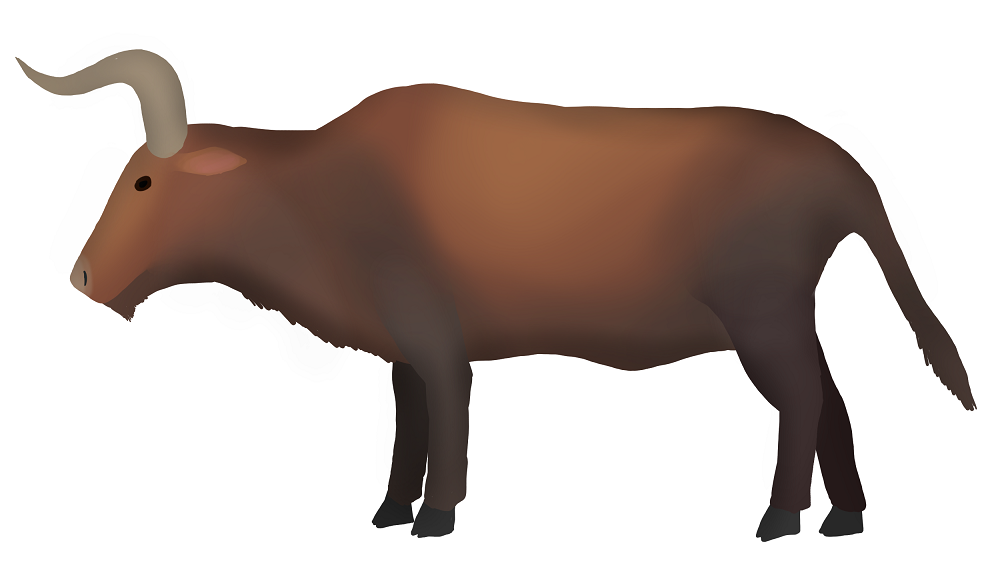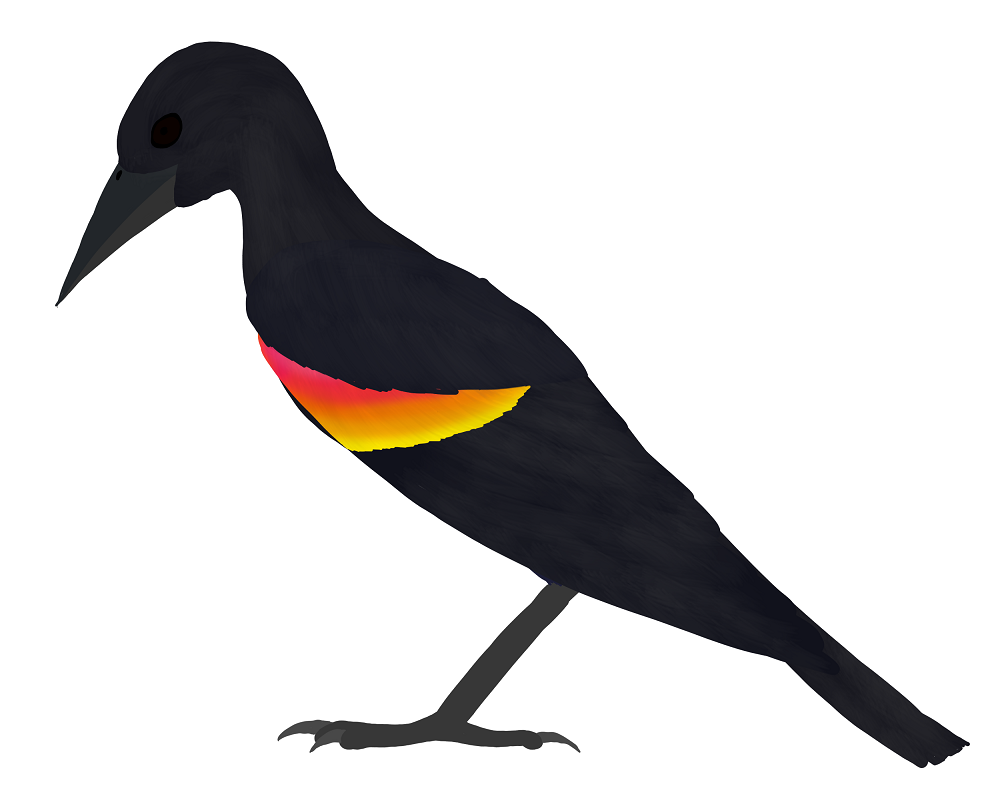
|
South Dakotan Forest
1 million years hence
We begin our journey one million years in the future. Humans are gone from the planet, but while little evidence of their existence remains on the surface, their legacy still impact sthe globe. Although temperatures have started to decline after the disappearance of humans and coincident decrease in carbon outgassing, North America is still several degrees warmer than it was in the Holocene. Now the central United States is covered by alternating grasslands and deciduous forests, blanketing the buried remains of human civilization.
The native North American megafauna from the Holocene are all but extinct; now, the main inhabitants of the continent are descendants of creatures that lived alongside humans. Herbivorous animals that have survived from the Holocene include rabbits, wild horses, and deer. A new face is a descendant of domesticated cattle from more southern regions. The region's predators are descended from coyotes and feral dogs and cats. In the trees live squirrels, rats, crows, pigeons, sparrows, and blackbirds.
| Beefalo |
Coydog |
Sunset-winged blackbird |
|
Click on a tab to learn more about that species.

Bos proximos
It does not take long in the future for new species to appear. In some cases, this is the result of hybrid speciation. In the wake of humanity, some of the millions of cattle that were domesticated across the continent of North America managed to successfully integrate back into the wild. These were primarily hardier breeds such as Texas Longhorn. By one million years in the future, these have intermixed with surviving populations of American bison.
Beefalo are the largest animal species in the immediately post-human Americas, with an average shoulder height of 1.7 meters. They are common in open areas across the two continents. Beefalo are very hardy and can be found in many habitats, from tropical forests to open scrubland. Social group size varies with habitat; prairie beefalo live in larger herds than scrub or forest beefalo. Despite their size and the large horns on their heads, they are commonly preyed upon by packs of coydogs.

Canis vulgaris
Feral dogs were common on the continent of North America even before the extinction of humans. As the remains of their civilization slowly disappeared, the most adaptable of these dogs returned to wild settings. They soon came into contact with coyotes, which had thrived during the reign of humanity. By one million years in the future, North American feral dogs have been absorbed into coyote populations, resulting in a new hybrid species.
Coydogs are slightly larger than their ancestors, reaching 1.5 meters in length and over 20 kg in weight. Physically they closely resemble coyotes, although with longer limbs, slightly large ears, and a greater diversity in coat colors, inherited from their domesticated ancestors. Coydogs are generally a social species, although solitary individuals are not uncommon, especially in drier habitats. Coydogs range across North America and northern South America, as the continent’s next apex predators

Agelaius congregator
Some birds have done better than others in the immediate wake of humanity. A few species of new world blackbirds, particularly red-winged blackbirds, have done amazingly well. Their omnivorous diet, large population size, flexible habitat preference, and ability to live in close proximity to humans has ensured their survival. One million years in the future, they are still highly abundant throughout the Americas.
The sunset-winged blackbird has physically changed little from its immediate ancestors. Flocks are significantly larger on average, however, and can reach well over a million individuals per flock. The very largest flocks can clear a field of everything edible before moving on to pastures anew. Sunset-winged blackbird populations are controlled by feral cats, corvids, snakes, and surviving birds of prey. Factoring in migration ranges, sunset-winged blackbirds can be found from northern Canada to northernmost South America.
|
|




